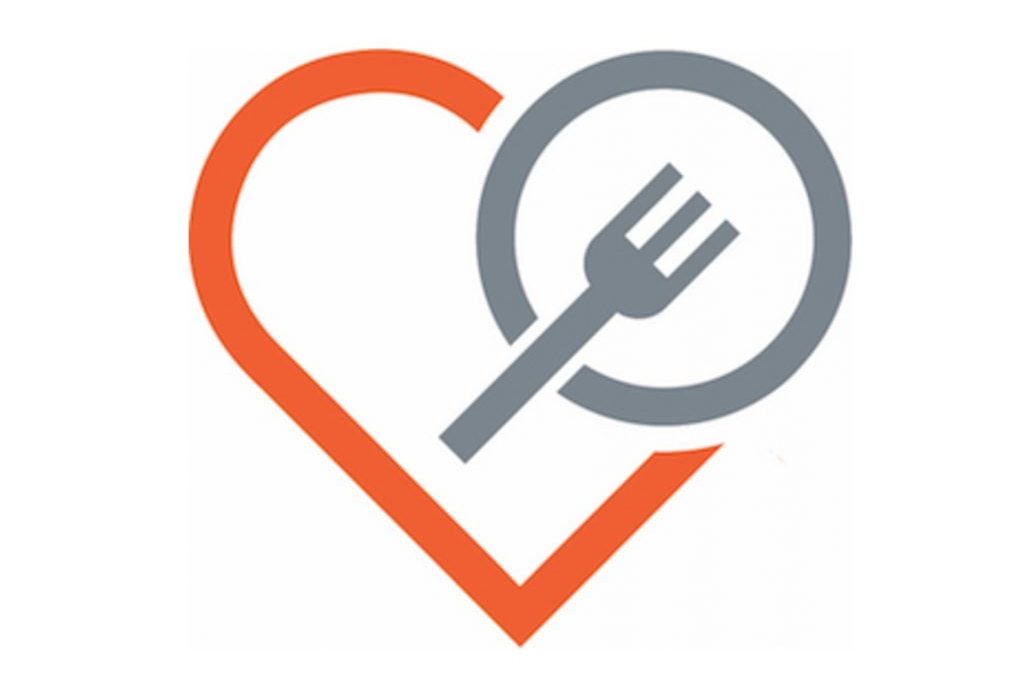Spotting the Tiger: Identifying Early Eating Disorder Symptoms in Children
In the powerful documentary, "Spotting the Tiger," narrated by Oscar Award Winner Jamie Lee Curtis, the film emphasizes the importance of recognizing early warning signs of eating disorders in children.…




